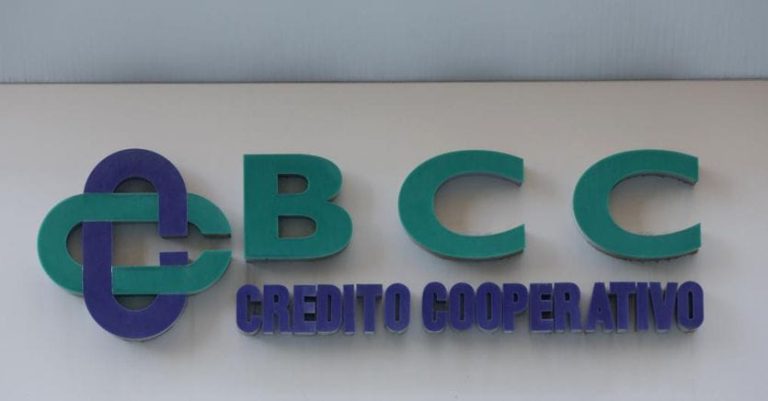Thanks to the tanks built with European funds, Vicenza was saved from the flood. Without the temporary reservoirs in Caldonò, on the Timonchio, in Guà on the Agno river, and in Viale Diaz in the city, Vicenza would have been hit by a real fury of water.
«Three million cubic meters of water have arrived» underlined in a note Francesco Vincenzi, president of the national association of consortia for the management and protection of the territory and irrigation water (Anbi), «comparable to those of the Vaia storm».
«What happened in the Vicenza area must be a warning to favor prevention policies over the mere counting of damages and victims – wrote Vincenzi -. Veneto has learned the lesson and is planning the construction of 23 basins, of which 13 are already in operation, in the face of evolving weather conditions.”
The lessons of the 2010 flood
The disastrous events of 2010 pushed the Venetian institutions to plan these interventions. Since then, thanks to the use of European funds (programming of the European Regional Development Fund 2014-2020), the design and construction of these plants has begun, which are essentially temporary dams in which excess water is stored during rainfall and from which it is discharged at a later time, but with a reduced flow rate, thus preventing it from pouring massively onto roads and houses.
The temporary dams that saved Vicenza
Among the structures that saved Vicenza from the disaster is the rolling mill built on the Timonchio stream for which 21 million euros were spent, with 9 million 733 thousand coming from the resources of the European Cohesion policy (ERDF fund). In the centre, the lamination basin on Viale Diaz was fundamental: a work that cost over 19 million euros, 17 of which came from cohesion funds.
The list of strategic works also includes the reservoir on the Orolo stream in the municipality of Costabissara and Isola Vicentina. In this case the work cost 11 million 400 thousand euros, almost entirely covered by European resources. The same applies to another similar intervention, the one relating to the Agno-Guà river, achieved through the adaptation of the state-owned basins of Trissino and Tezze di Arzignano in the municipalities of Trissino and Arzignano. The work, which is estimated to cost 19 and a half million, benefited from resources from the European Union amounting to just under 8 and a half million euros.









+ There are no comments
Add yours